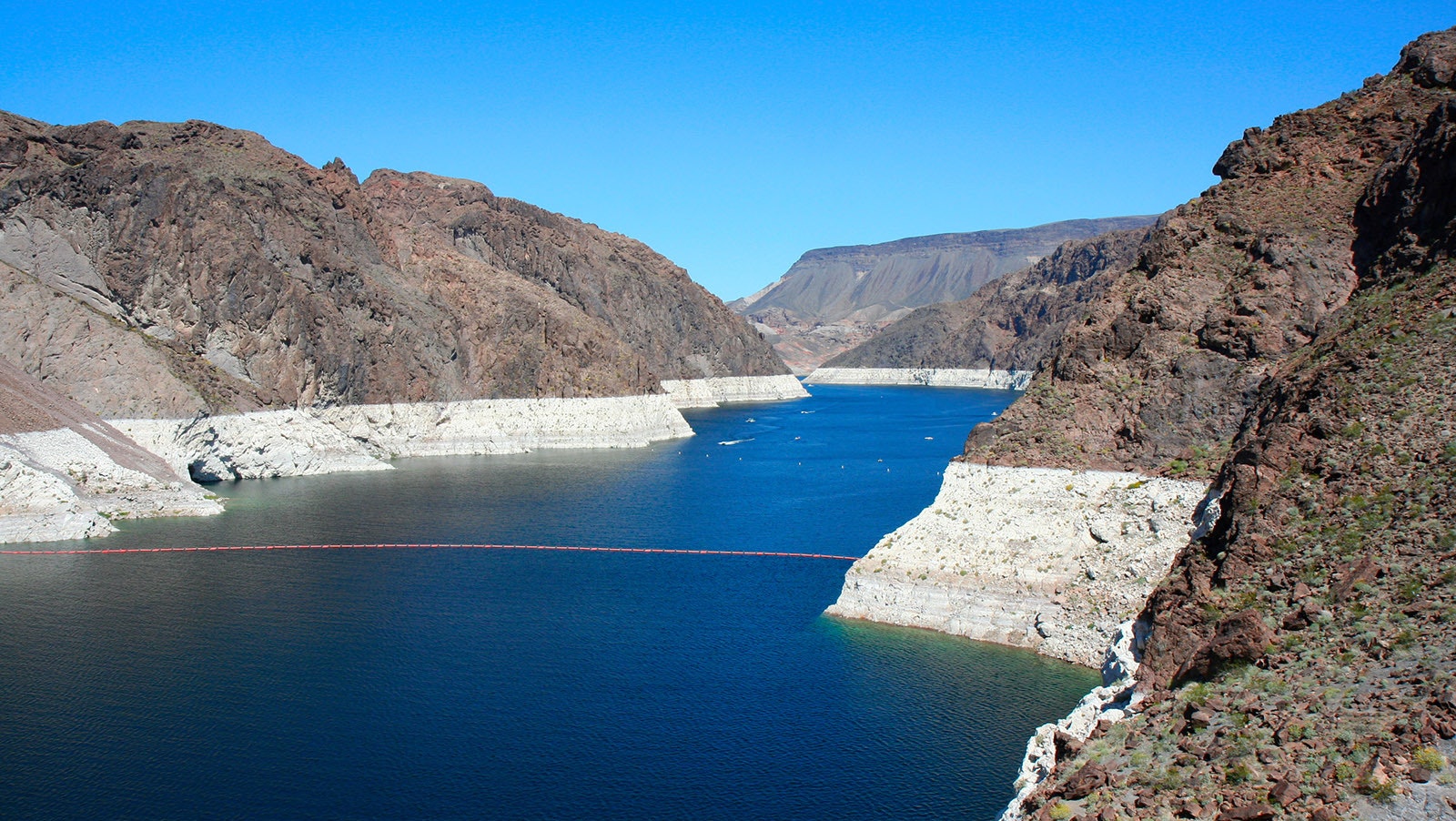Wyoming can’t separate itself from concerns about – and possible looming fights over – the Colorado River, an attorney told state lawmakers Thursday.
As a headwaters state, Wyoming has a direct line of interest into a growing crisis that could affect millions of people, said Chris Brown, water section specialist for the Wyoming Attorney General’s Office.
“The estimate is that the river serves the fifth largest economy, as it starts in Wyoming and goes all the way down to Mexico,” he told members of the House Agriculture, State and Public Lands and Water Resources Committee.
He was testifying about House Bill 222, which would establish an official Colorado River advisory committee from the already-existing Colorado River Working group.
The committee voted unanimously to forward the bill to the Appropriations Committee, which hadn’t introduced it as of early Friday.
Give Wyoming Water Users A Voice
The main headwaters of the Colorado River in Wyoming are the Little Snake River and Green River, said Wyoming State Engineer Brandon Gebhart. That accounts for roughly 15% of the Colorado River’s water.
Establishing a permanent committee would help give a voice to Wyoming’s water users, particularly farmers and ranchers who use the headwaters for irrigation, said the bill’s main sponsor, House Speaker Rep. Albert Sommers, R-Pinedale.
A similar bill he also sponsored, HB 60, didn’t get assigned to a committee.
Sommers said HB 22 is essentially the same bill with a few revisions.
“The reason I’m bringing this (bill) is, I think we need to formalize that for the water users in the Colorado River Basin in Wyoming, that they have a seat at the table in making decisions,” he said. “We’re not saying we make the decisions, but we need a seat at the table.”
The committee would offer advice primarily to the state engineer’s office, which oversees water use and infrastructure, such as dams, along the headwaters in Wyoming, Sommers said.
An Element Of Secrecy
To be effective, the committee would have authority to go into executive session to discuss “legal strategies” that might not be immediately released to the public, Gebhart said.
When pressed by some members of the committee on whether that would violate the public’s right to know, Brown said some element of secrecy is necessary when navigating the complex and touchy matters regarding the river and its diminishing water supply.
“I think our ability to share some of things and also protect our legal positions would be chilled if some of those things come out in public (too early),” he said.
States Scramble For Agreement
HB 222 comes against the backdrop of a growing crisis as water levels in the river shrink and the seven states that get their water from the river scramble to come to an emergency conservation agreement.
Those states are Wyoming, Colorado, Utah, New Mexico, Arizona, Nevada and California.
All the states except California reached a consensus on proposals for emergency conservation measures this week.
The main sticking points for California are when to set limitations on drawdowns form Lake Mead and what the shares of that water should be between California and Arizona.
This Winter’s Huge Snowfall Won’t Solve Problem
Last year, about 500,000 acre feet of water were released from Flaming Gorge Reservoir to help with downstream shortages at Lake Powell and Lake Mead.
An acre foot is the amount of water it would take to flood 1 acre of land to the depth of 1 foot.
It’s not certain whether that will happen again this year, but an annual release of that amount from Flaming Gorge is “appropriate,” according to current water use agreements, Gebhart told Cowboy State Daily.
He also noted that while a bountiful snowfall so far this year in some Wyoming regions bodes well for the short-term outlook come spring runoff, that’s no reason to assume the drought that has long clutched the Colorado River is over.
“While the current snowpack and water supply projections for 2023 look promising, we are still working hard to respond to projections that hotter temperatures and reduced water supply will continue or worsen in the future,” he said.
“We have experienced 22 years of drought in the basin,” Gebhart added. “I do not want to assume that one above average year would solve or mitigate the problems we face with depleted storage and a mass balance problem in water use.”





